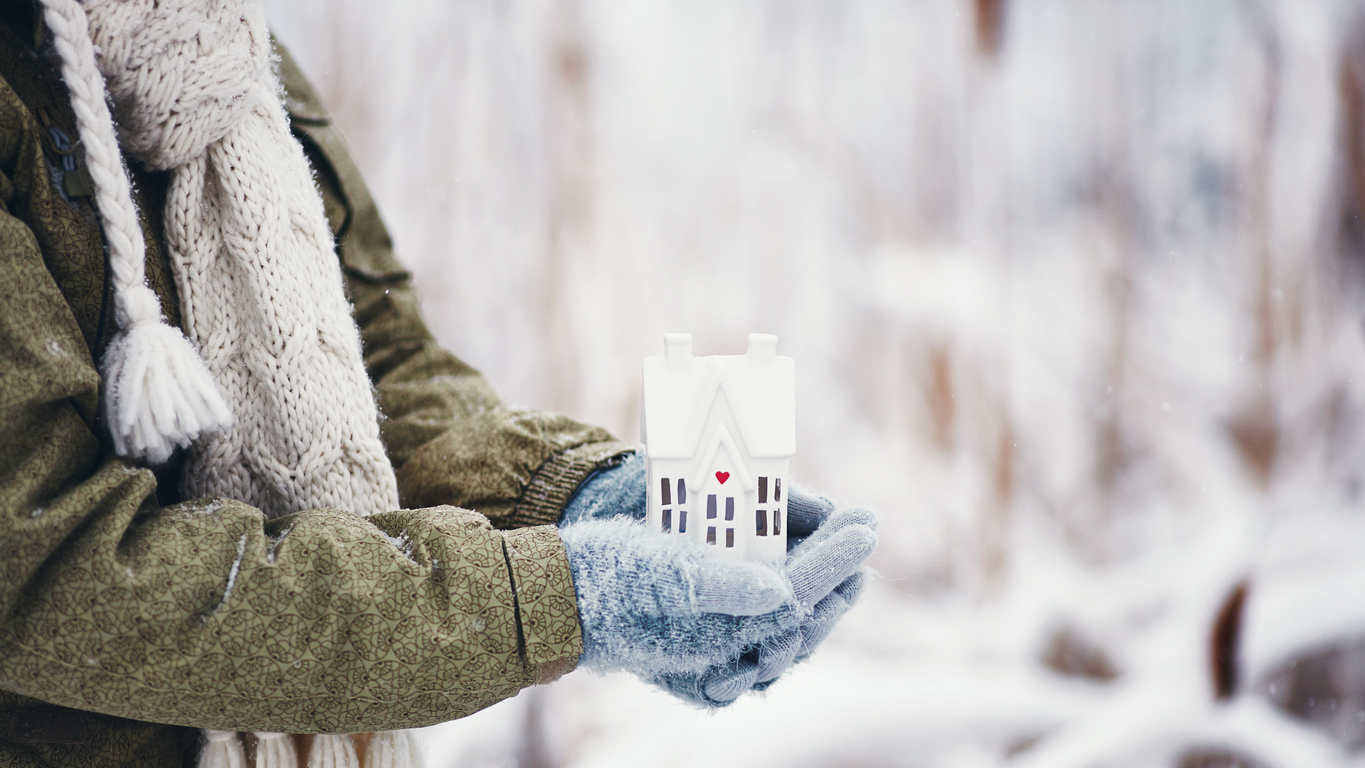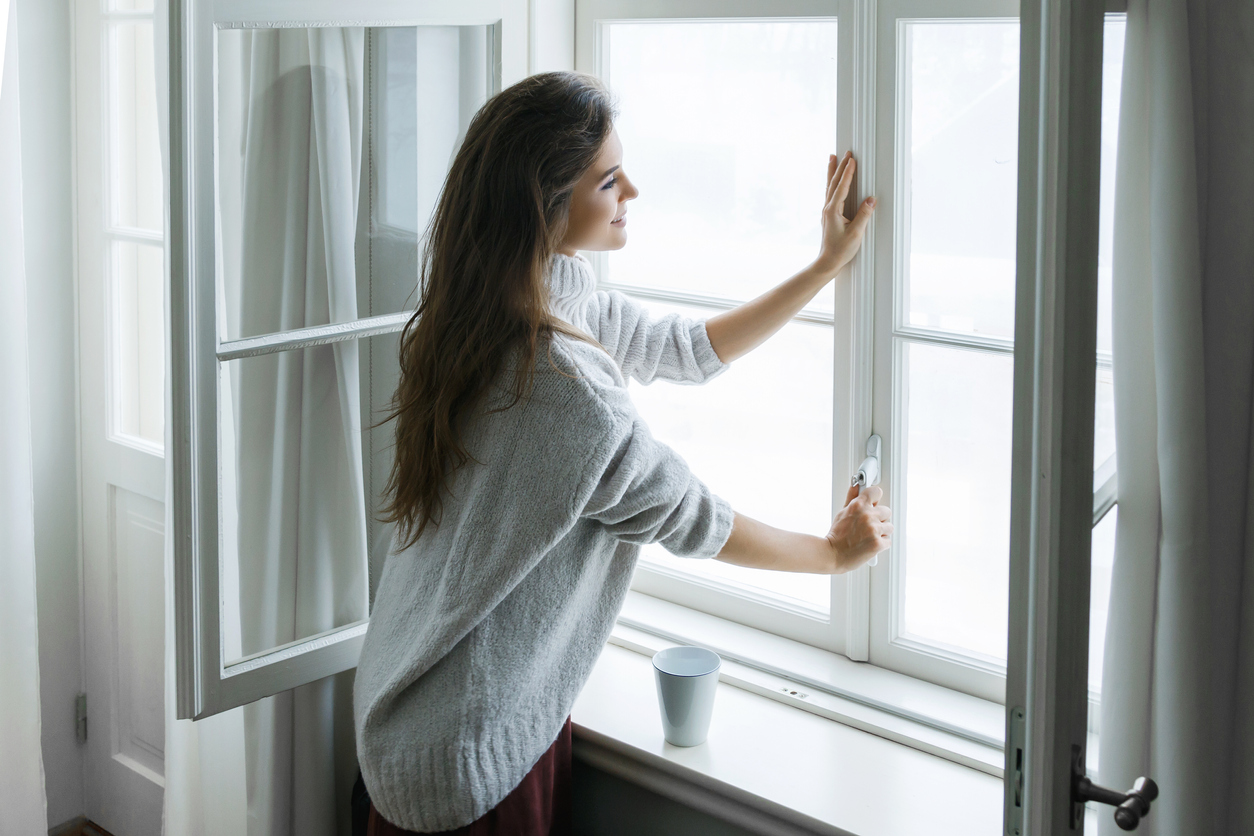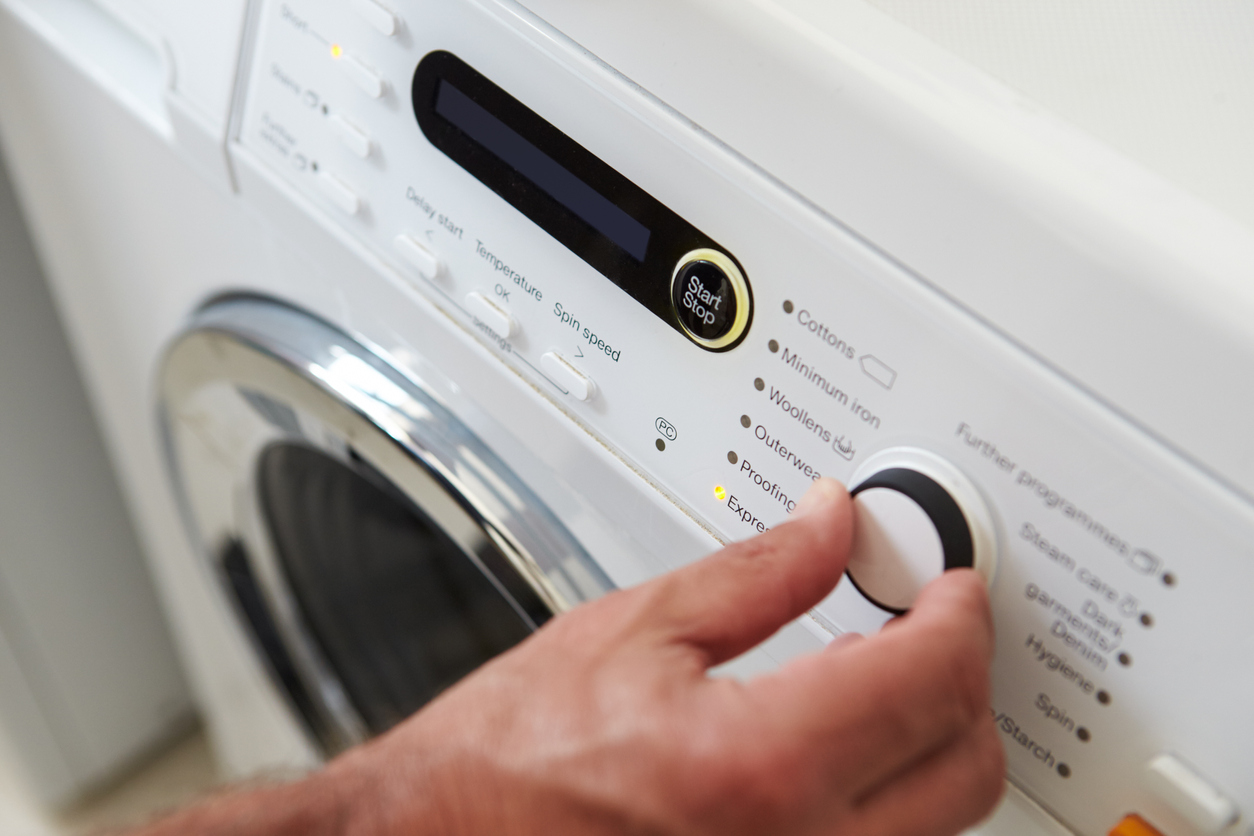Have you recently found yourself looking at your energy bill with utter shock? There’s no way it can be up that high, right? Well, it turns out that, not only has everyone been staying home more (which means more lights and device usage), but that drop in temperature outside puts more strain on your heating system, which equals high energy costs.
But don’t worry; we have assembled a checklist to help you lower your energy costs this winter!

1. Adjust the Temperature
Adjusting the temperature on your heater or thermostat seems is a simple enough first step.
The key is to set the temperature to as low as you feel comfortable in when you’re awake, and then setting the temperature 7 to 10 degrees lower when you’re asleep or out of the house. By following this process, you save around 10 percent a year on your energy bill (according to the U.S. Department of Energy). Make things even simpler for yourself with a programmable thermostat; set it and then forget about it!
But if you’re feeling too cold, try only heating the areas you use most often (like the living room, your bedroom, etc.).
2. Turn Off the Lights

Your second focus should be on turning off the lights whenever you leave a room. Easy as pie!
But if you have younger kids that are always switching the lights on, or you can’t inspect every room of the house before you go to bed, try switching to energy-efficient lightbulbs. LED lightbulbs use 75 percent less energy than incandescent, which equals huge savings!
And for hallway lights that always remain on, use low-wattage bulbs; for outdoor areas, invest in motion-sensor lights. Don’t forget to put away your holiday lights—trust us, it’ll be worth the hassle.
3. Keep Heat Indoors

Sure, you’ve heard the phrase “don’t let the heat out” before, but it turns out that heating your home during the winter is your biggest electrical cost.
To help keep the heat inside, insulate key areas like windows, outlets, baseboards, attic hatches, air conditioners, vents and floors. For windows, use plastic sheets on the window frames and bubble wrap or insulating film on the glass to retain up to 55 percent of your home’s heat. You can insulate floors by adding rugs in rooms you use most often. Adding curtains or drapes will also help you retain your home’s temperature!
Be sure to open up the drapes on sunny days to help heat up your house naturally!
Also, don’t forget to seal gaps around windows, outlets, and the like with caulking or weather stripping (scrape off and replace old caulking if necessary!).
4. Insulate and Control Your Water Heater
Speaking of heat and energy cost, did you know that heating water can account for 25 percent of your electricity bill?
To cut that down, insulate your hot water tank and the pipes leading up to it (leave the thermostat exposed), and turn your water heater temperature down to 120 degrees Fahrenheit. Additionally, you can install low-flow faucets and showerheads to minimize how much hot water you use. If your washing machine has an Eco Warm temperature setting, use that instead of hot or the standard warm temperature for your laundry loads (cold works good too!).
5. Time to Unplug!
As long as your devices and appliances are plugged in, they are using energy—this adds up over time.
Luckily, there are ways around it, like simply unplugging your devices and appliances. But if that is too inconvenient, try plugging them into a power strip so all you have to do is flip the switch. Or make it even more effortless and plug your electronics and home appliances into a timer that automatically turns them off for you.
For a plugged-in desktop at your home office desk, be sure to program your computer to go into sleep mode, as letting it stay on the screen saver still uses energy.
6. Energy-Efficient Appliances

Every appliance you use adds to that monthly energy bill. Thankfully, with the latest innovations in energy efficiency, you can upgrade to appliances with the blue ENERGY STAR® label of approval and save on costs!
Plus, you can save even more by efficiently using your appliances. For your refrigerator, set the temperature to the manufacturer-recommended setting and make sure cold air isn’t escaping. For washers, wash full laundry loads with cold water and hang-dry your clothes when you can (which actually reduces wear & tear too!). If you don’t have time or space to hang-dry, use a sensor-dry cycle, which will turn off the dryer early if your clothes dry before the cycle timer ends.
Curbing energy costs can seem like an endless task, but with these simple steps, you can save big every month. Thinking about upgrading your appliances to more energy-efficient models? Don’t hesitate to stop by or give us a call! We’ll help guide you on your choices.